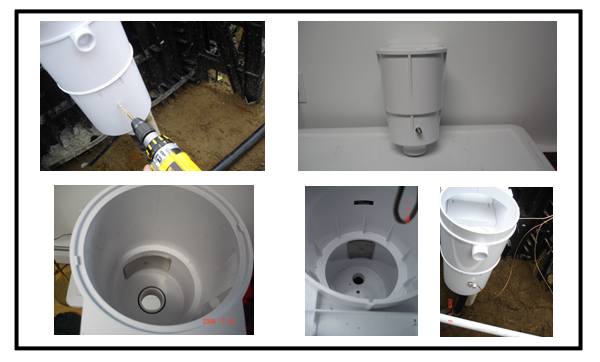mkgrady
Senior Member
- Location
- Massachusetts
Getting ready to wire my first in ground pool. After reviewing 680 And some info from mike holts free stuff I am not sure of some things. I'm at the stage where the pool contractor is waiting for me to do the bonding so the gunite can be installed.
Can the bare solid #8 that starts at the pool pump and goes out and around the pool be spliced? The loop will be over 250' and I want the know if splicing is optional if the need arises.
Does this loop need to be 3' out from the edge of the pool? If yes I'm not sure how to do that. In some places the excavation is several feet deep and will not be back filled until later. And if the loop is 3' out from the pool do I just burndy to it and run to the reinforcing rods with a short whip? Same question on water bond. Can I just tap the loop and run to the skimmer where I install the water bond gizmo?
There are no ladders or dive boards so the only parts at the pool to bond will be lights. Do the lights connect to the #8 bond or is it just bonded through the conduits that feed the lights? The lights are not there so I wondering at what stage they need to be on site.
At what depth is the bond buried?
Also please respond with any advice for a pool rookie that I may be overlooking. Thanks in advance!
Can the bare solid #8 that starts at the pool pump and goes out and around the pool be spliced? The loop will be over 250' and I want the know if splicing is optional if the need arises.
Does this loop need to be 3' out from the edge of the pool? If yes I'm not sure how to do that. In some places the excavation is several feet deep and will not be back filled until later. And if the loop is 3' out from the pool do I just burndy to it and run to the reinforcing rods with a short whip? Same question on water bond. Can I just tap the loop and run to the skimmer where I install the water bond gizmo?
There are no ladders or dive boards so the only parts at the pool to bond will be lights. Do the lights connect to the #8 bond or is it just bonded through the conduits that feed the lights? The lights are not there so I wondering at what stage they need to be on site.
At what depth is the bond buried?
Also please respond with any advice for a pool rookie that I may be overlooking. Thanks in advance!






